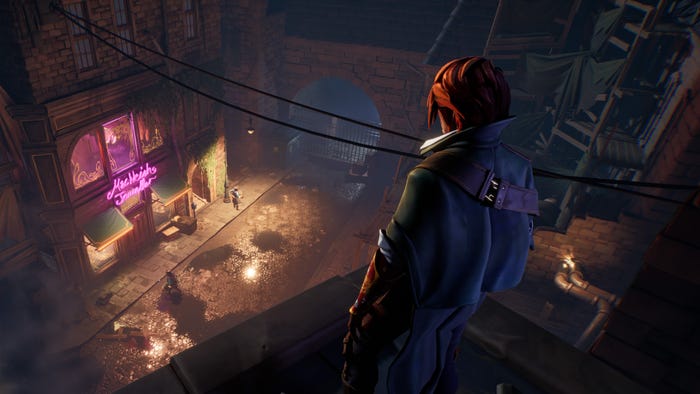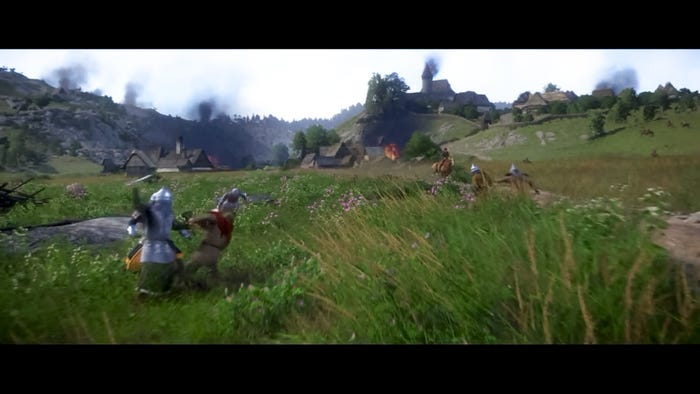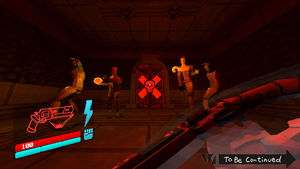.png?width=700&auto=webp&quality=80&disable=upscale)
TUNIC developer Andrew Shouldice on creating mystery and meaningful secrets in this free GDC Vault talk.
In this free GDC Vault video from last month's big show, Tunic developer Andrew Shouldice discussed how he and the team at Isometric Games made mystery, secrets, and discovery a huge design pillar for their colorful adventure. Click the player above to watch the whole talk!
Shouldice started the talk with a few high-level player experience goals: he noted wanting to make a game that felt in some important ways like playing an NES game as a kid. He noted a previous talk by Frog Fractions developer Jim Stormdancer, who captured a lot of Shouldice's "vibe" goals nicely:
"He describes playing a game of the 80s as playing a video game meant entering the unknowable world operating under confusing rules where anything could happen. I think that's just a really lovely way of putting that," Shouldice says. He even breaks out screenshots of an old notebook where he jotted down some of the juiciest parts of that feeling of mystery and adventure, including the idea that depth is to be discovered and explored, not doled out at the appropriate time.
The lifecycle of a secret
He then goes on to break down the exact lifecycle of a secret, and how he applied it to Tunic's design process. "The lifecycle of a secret or really, learning about anything in the video games can be separated, I think [into] three phases, " he says.
"You start not knowing [something], that's the ignorance phase. And there's [the] knowledge [phase] where you know something exists, but you don't understand it. Then eventually, you do understand it. Understanding is closure. That's where something 'clicks.'
"You turn mystery into comprehension, [and it's] now a solved mystery. And this is not super tidy. And by the way, this is not empirical in the slightest. This is just sort of a way of thinking about things."

"As as a really rough example, let's say you find a mysterious item out there in the world. And you're not sure what it's for. You have knowledge of it, but you don't know what its deal is. And then you find out how it's for upgrading my stats. That's moving into understanding, and I think we're naturally inclined, as players, to follow this progression up. We want progress in a really abstract sense. Maybe that's what playing games is, in general: we want to learn, we want to find meaning."
Shouldice noted that it's really the "knowledge" phase he's most interested in. To know that something is there (or out there!) existing in the space, but it still a sense of secrecy or mystery about it, is the most exciting part.
He further offers practical design tips and ways to add mystery (without overscoping or simply infinitely adding secrets or paths), and goes in great depth on the concept of hiding secrets in plain sight.
Click play on the video above to watch the full talk!
Read more about:
FeaturesAbout the Author(s)
You May Also Like









